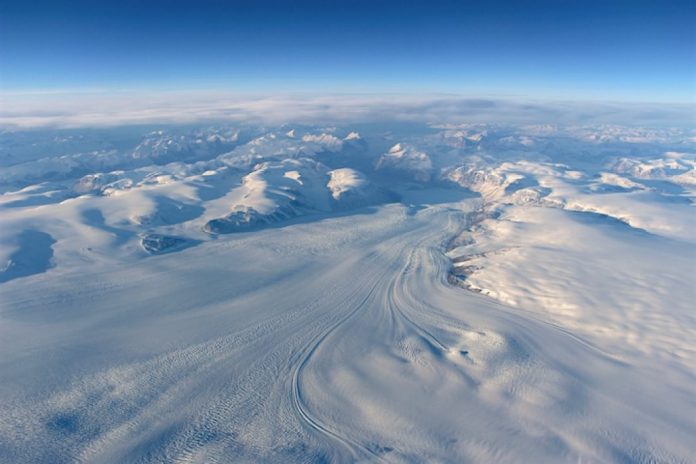In a new study just published in the journal for the European Geo-sciences Union, Climate of the Past, researchers have identified a possible location for ice core samples from a region in Antarctica that they believe can give researchers a much clearer understanding of the temperatures and climate patterns of the Earth dating back as far as 1.5 million years ago, much earlier than we have seen previously.
The study was headed by Dr. Hubertus Fischer from the University of Bern in Switzerland. Dr. Fischer’s specialty is experimental climate physics. Existing core samples taken from Antarctica have given scientists a pattern for the Earth’s climate back about 800,000 years, but researchers like Fischer want to go even further into the past and find out what happened long before that.
The puzzle that is at the heart of this venture and that is driving this quest is a desire to understand what happened during what is known as the Mid Pleistocene Transition when the pattern of warming and cooling changed from a cycle of about every 41 million years for the transition before this time as opposed to a transitional period of 100 years afterward. At this point, scientists are unsure as to what may have caused the change; however, they suspect that greenhouse gases may have played a role. To know for sure though, they will need to obtain an ice core that can date back that far, and Dr. Fischer’s team believe they have identified a possible location that can yield just such a core sample. They believe such samples should exist in parts of Eastern Antarctica near the major domes. He estimates that the drilling for these samples could begin somewhere in the next 3-5 years. If their project is successful, we will have a much longer climate history for the Earth than previously thought possible.















